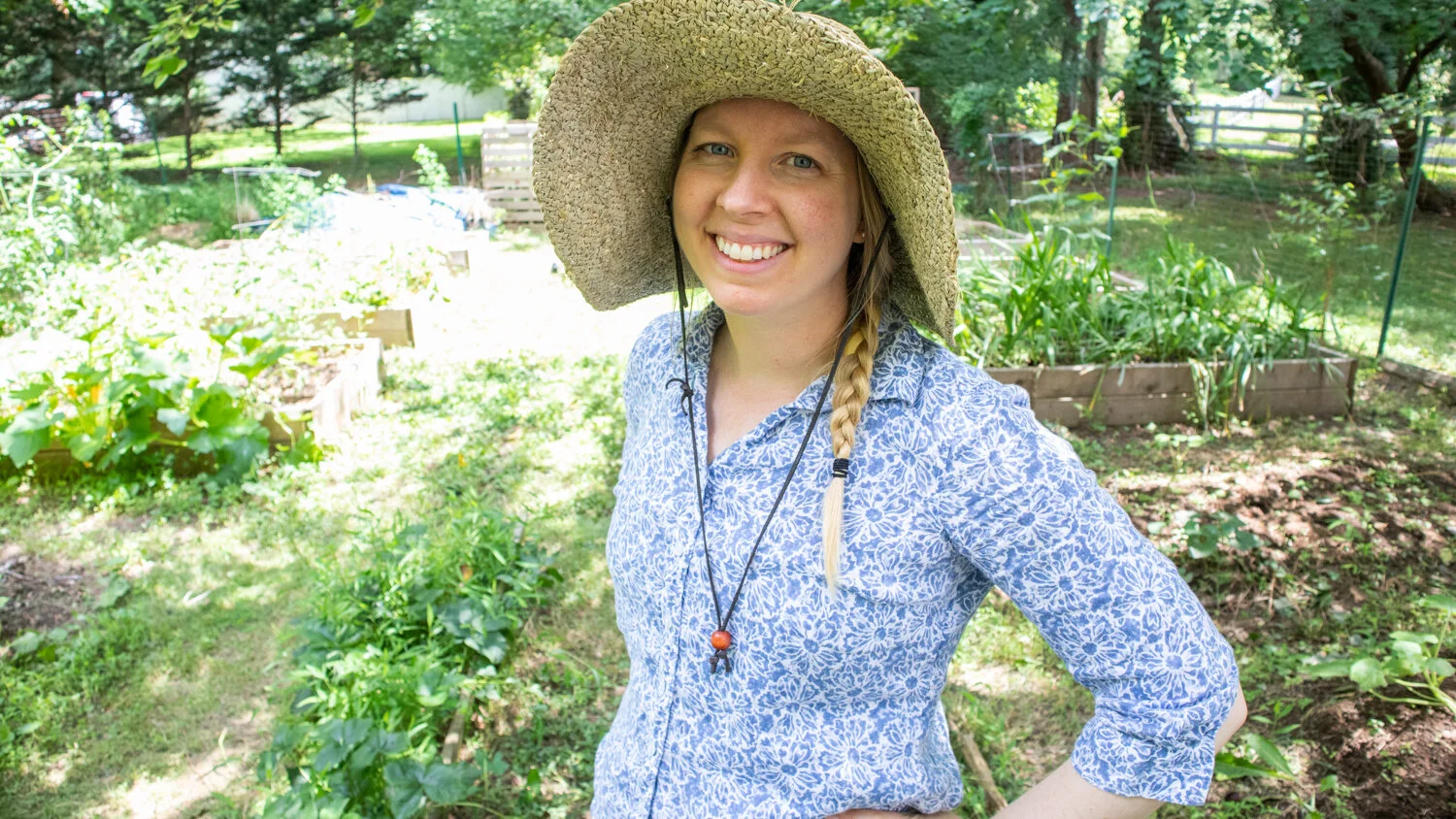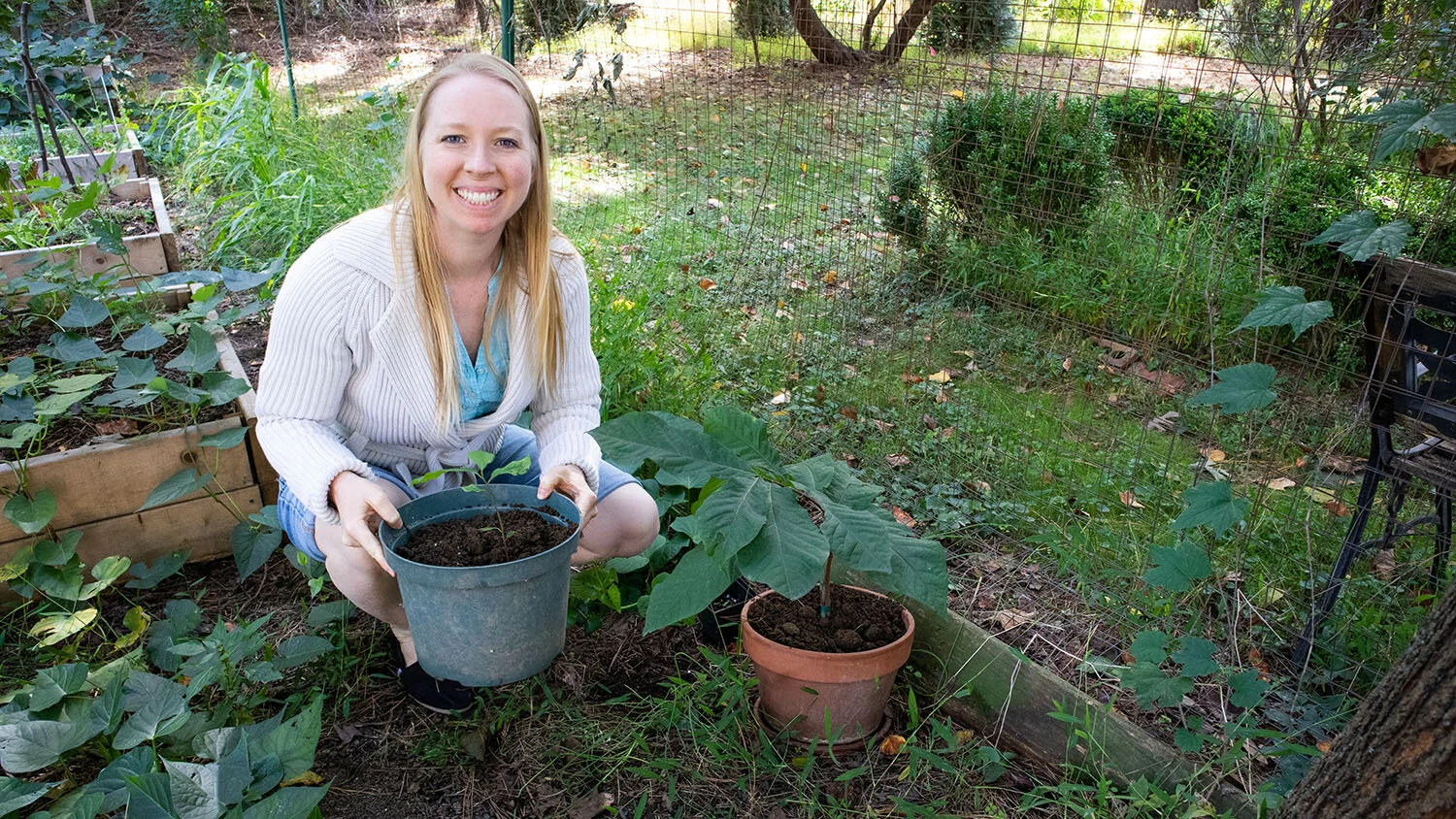How to Grow Your Own Potatoes
Disclaimer: This post contains affiliate links through which we earn commission.
Potatoes are one of the easiest and most enjoyable plants to have in the garden. You can order small tubers to plant, or you can use store-bought organic potatoes. I usually buy Yukon Golds, but if you’d like more variety, be sure to check out Wood Prairie Family Farm, based in Maine, if you’re in the United States, or do some searching for an organic potato farm near you. The potatoes can be cut into halves, thirds or quarters, making sure that each cut contains at least one or two eyes. Then each cut can be planted, either in a large container of dirt with holes in the bottom, or directly into the ground, with a mound of dirt on top, to cover the new potatoes that will eventually grow. Space them 12 inches (30 cm) apart and cover with 3 inches (7.6 cm) of soil. If buds have already begun to form at the eyes of the potatoes, handle with great care, to avoid accidentally knocking them off.
A plant will grow from the original tuber, flower, and then die off. That's when you know that the new tubers are beginning to grow. Make sure there's enough dirt around the plant to cover all the new potatoes that will grow, keeping in mind that if a portion of a potato is exposed to sunlight, it will develop a green spot on it and will no longer be edible. Wait until late summer to dig up your harvest. But don't wait until the temperatures dip below freezing, as this will cause the tubers to rot. Whatever is left behind in the soil will result in new potato plants the following spring.
Also, watch out for the black and yellow striped Colorado Potato Beetle, as well as blight, which is a mold infamous for causing the Great Famine of the 1800s, in Europe. Rodale's Color Handbook of Garden Insects, by Anna Carr, is a tried and true resource for assisting with the identification of helpful and harmful critters in your garden. If you do happen to spot the Colorado Potato Beetle, your best defense is to search for and destroy the adult beetles as well as the orange eggs on the underside of the leaves. And the best preventions for blight are crop rotation, planting your tubers as early as possible and harvesting potatoes if your area experiences a heavily rainy and / or humid period in the late summer. If you do spot the blight, remove the infected portions of the plant and discard in a plastic trash bag, so as to prevent spreading.
I had the unwanted potato beetle when I lived in South Africa and I witnessed a year of blight in Upstate New York when I was a graduate student there in 2010. But otherwise over the years, I’ve found potatoes to be a very fun and low maintenance addition to the garden. If you live in an apartment, you can still grow potatoes on your balcony. Any 2-3 gallon (7.5-11 liters) container will work - I’ve even planted potatoes directly in topsoil bags, as seen in the photo above, which has worked very well. Just make sure to poke holes in the bottom of the bag, to allow for drainage and place the bag on something like a pot saucer to catch the water.









